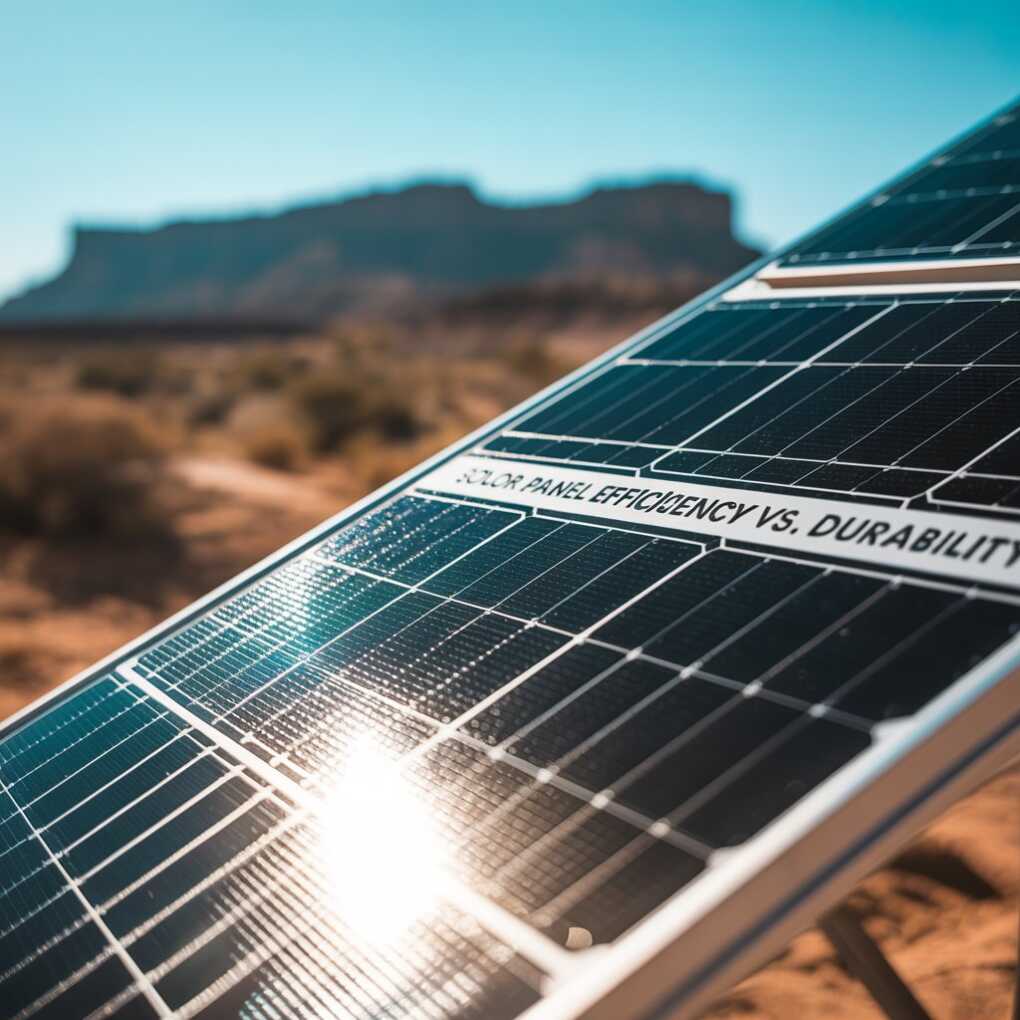When it comes to choosing solar panels, it’s easy to get caught up in the numbers — especially panel efficiency ratings. But in places like Far North Queensland, where tropical heat, humidity, and UV intensity dominate the landscape, higher efficiency doesn’t always translate to better real-world performance.
To get a grounded perspective, we spoke with the team at Cairns Solar Energy Solutions, who install and maintain solar systems in some of Australia’s harshest environments. They’ve seen firsthand what works – and what doesn’t – when panels face prolonged exposure to extreme heat, salty air, and sudden downpours.
What we learned? When it comes to solar in hot zones, durability often trumps raw efficiency.

Understanding Efficiency: What the Specs Actually Mean
Solar panel efficiency refers to how much sunlight a panel can convert into usable electricity under standard test conditions (STC) – typically 25°C cell temperature, 1,000W/m² solar irradiance, and no wind. These are lab-based conditions designed to create a level playing field across manufacturers.
So, a panel with 22% efficiency will generate more power in ideal conditions than a 19% panel of the same size. But in real life, especially in super-hot climates, conditions are far from standard.
The Efficiency Trap in Hot Climates
In direct sun, solar panel surface temperatures can exceed 65–70°C, especially when airflow is limited. This causes panel performance to drop – a phenomenon called temperature coefficient loss.
Every panel has a temperature coefficient (usually listed as -0.3% to -0.5% per °C). This figure tells you how much performance drops for each degree over 25°C.
Let’s say two panels are installed in Cairns, and both reach 65°C under load:
- A high-efficiency panel with a -0.50%/°C coefficient will lose ~20% of its rated power.
- A slightly lower-efficiency panel with a -0.30%/°C coefficient may only lose 12%.
In this case, the lower-efficiency panel performs better in the real world, simply because it handles heat more gracefully.
Durability: The Overlooked Hero in Tropical Performance
According to Cairns Solar Energy Solutions, many homeowners focus on panel wattage and brand marketing but overlook durability specs that are crucial in hot and humid zones.
Here’s what really matters in extreme conditions:
1. Build Quality and Frame Integrity
- Look for anodised aluminium frames with high corrosion resistance.
- Panels should meet IEC 61701 (salt mist corrosion test) standards — vital in coastal and humid areas like Cairns.
- Reinforced backsheets help prevent moisture ingress during wet season storms.
2. Glass and Lamination
- Tempered glass protects against hail and thermal stress.
- Panels with high-quality EVA encapsulant layers resist delamination, which is more likely when heat and moisture combine.
3. PID Resistance
Potential-induced degradation (PID) is common in humid environments with conductive dust or salty air. Look for panels tested and certified for PID resistance to ensure long-term output stability.
Monocrystalline vs. Polycrystalline: Which Holds Up Better?
While monocrystalline panels are more efficient and popular across Australia, polycrystalline panels tend to have lower temperature coefficients, which can actually benefit performance in high heat. However, most poly panels are being phased out in favour of monocrystalline PERC and N-Type technologies, which are improving heat tolerance rapidly.
Cairns Solar Energy Solutions often recommends N-Type monocrystalline panels, which:
- Have better thermal performance than older P-Type panels.
- Resist LID (light-induced degradation) and PID.
- Offer longer warranties and higher sustained performance over time.
Real-World Lessons from the Tropics
Here are a few takeaways from actual Cairns-area installations:
Case 1: “Too Hot to Handle”
A homeowner in Gordonvale had premium, high-efficiency panels installed. But within 18 months, output degraded more than expected during midday due to thermal stress. Replacing just a few panels with lower-temperature-coefficient models boosted real output, despite a lower sticker efficiency.
Case 2: “Storm Survivors”
A commercial system near Trinity Beach survived two major summer storms without failure. The success? Panels with cyclone-rated mounting, salt-mist resistance certification, and sealed MC4 connectors.
Case 3: “The Cool Air Trick”
In open rural sites with good airflow, even basic panels perform decently. But rooftop systems in dense urban areas need proper spacing and passive cooling. Cairns Solar Energy often elevates panels off the roof to allow airflow and mitigate hot spots.
What Should You Prioritise in Super Hot Climates?
Here’s how Cairns Solar Energy Solutions recommends prioritising features when selecting panels for tropical and high-heat zones:
| Priority | What to Look For |
| 1. Temperature Coefficient | -0.30%/°C or better |
| 2. Salt Mist & Humidity Certification | IEC 61701 & IEC 62716 |
| 3. Warranty | 25-year product AND performance guarantee |
| 4. Durability Ratings | PID resistance, hail impact tested, reinforced frame |
| 5. Panel Brand Reputation in Australia | Local support, proven performance in tropical zones |
Efficiency Still Matters – But Context Is Key
We’re not saying efficiency doesn’t matter. If roof space is limited and airflow is good, then high-efficiency panels with good heat tolerance are a smart choice.
But if you’re in a tropical zone with high humidity, storm exposure, and long, hot summers, durability, heat management, and long-term reliability will matter just as much, if not more.
The Best Solar Panel Is the One That Lasts
If you live in a high-heat environment like Cairns, don’t be dazzled by the efficiency spec sheet alone. Instead, take a balanced view — combining efficiency with low thermal losses, robust design, and local climate compatibility.
As the experts at Cairns Solar Energy Solutions shared, the best-performing panels over 10+ years aren’t always the ones with the biggest numbers. They’re the ones built to survive heatwaves, humidity, and years of blazing sun without breaking down.
Your solar panels are a 25-year investment. Choose durability, and they’ll return the favour for decades to come.
